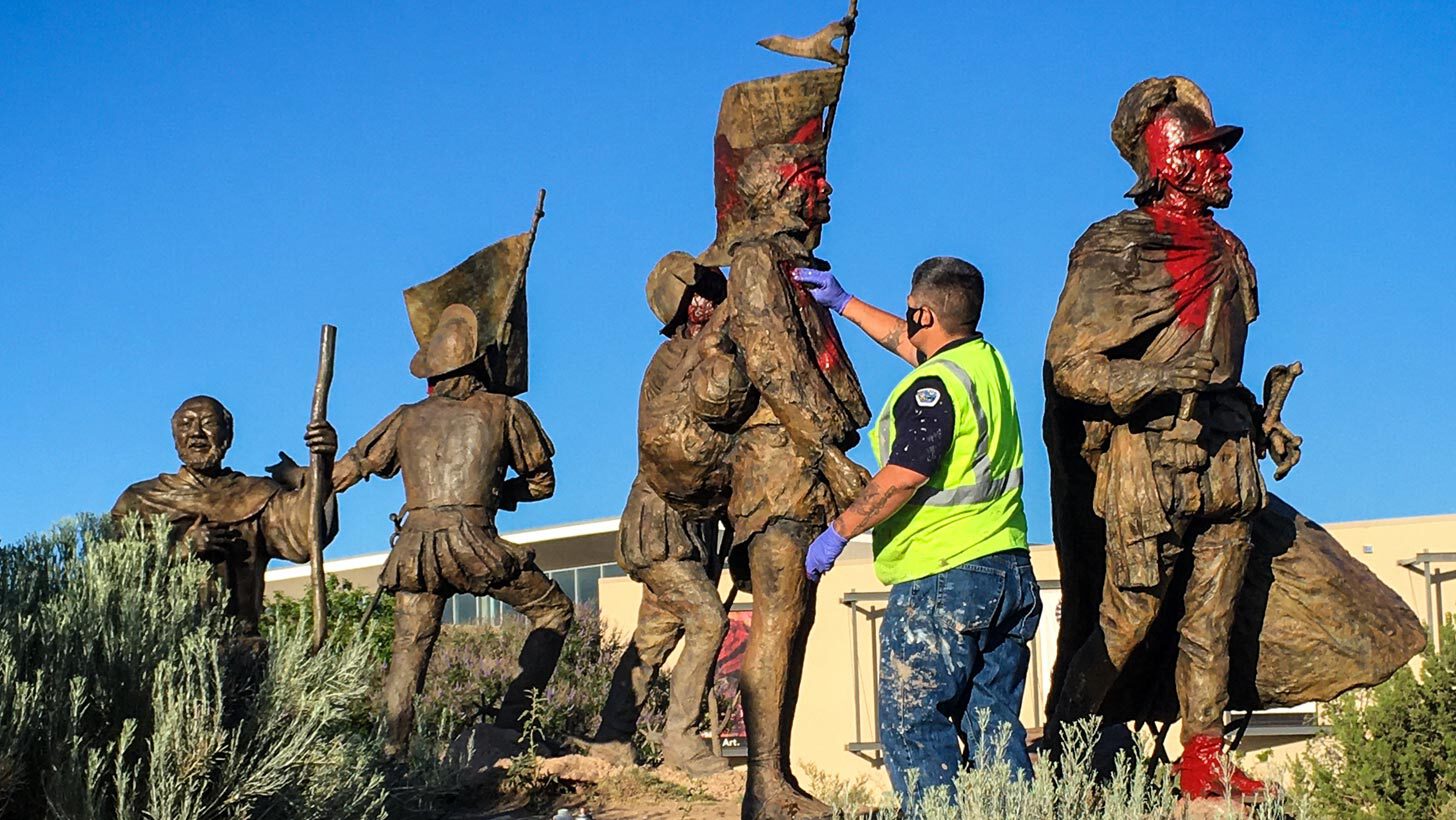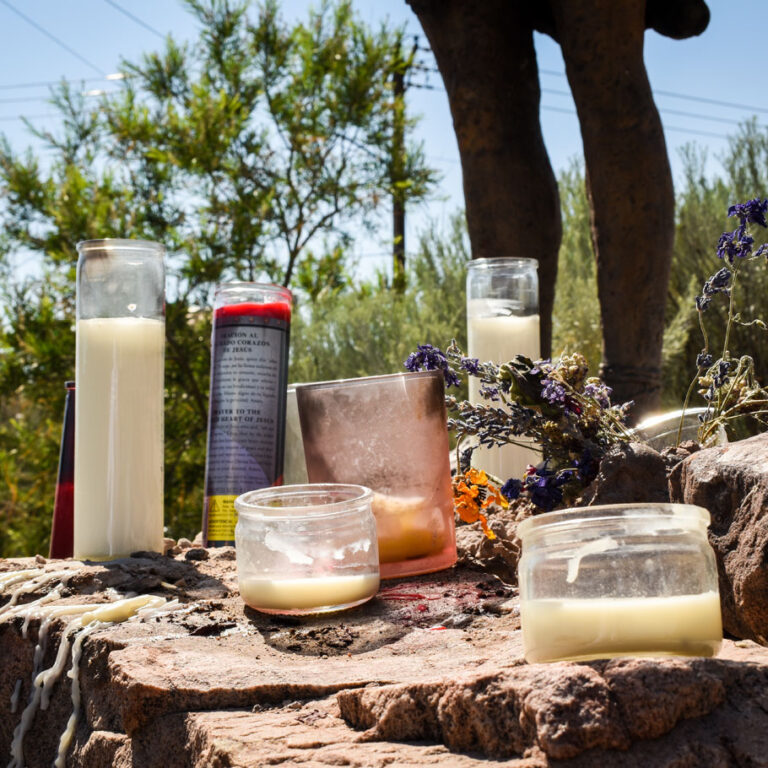Oñate’s Legacy Of Chaos Continues
How A Peaceful Prayer Ceremony Escalates To Violence


Clarke Condé
Latest Article|September 3, 2020|Free
::Making Grown Men Cry Since 1992


Clarke Condé
